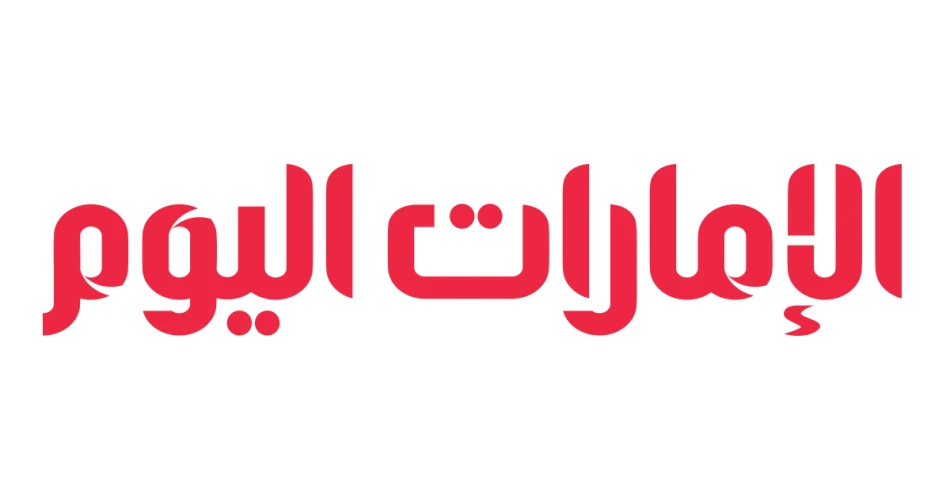
Zamalek Secures Exciting New African Transfer Deal
Zamalek's Foreign Player Gamble: New Kenyan Signing Tests Egyptian Football's Registration Rules
Egyptian football giant Zamalek has signed Kenyan striker Baron Oshieng to a five-year contract from Sofapaka FC, but the deal faces regulatory hurdles as the Egyptian Football Association reviews the player's registration status. The move highlights the club's aggressive foreign recruitment strategy and the complex bureaucracy surrounding international transfers in African football.
The Registration Dilemma
According to sports journalist Amir Hisham on Egyptian satellite channel Al-Nahar's "Plus 90" program, Zamalek claims Oshieng joined as a free agent, which would streamline his registration process. However, the Egyptian Football Association has yet to finalize approval for the player's participation in domestic competitions.
This bureaucratic uncertainty reflects broader challenges facing African clubs when completing cross-border transfers. Unlike European football's streamlined FIFA Transfer Matching System, African leagues often grapple with incomplete documentation and varying administrative standards between national associations.
Squad Composition Under Scrutiny
The Oshieng signing brings Zamalek's foreign contingent to five international players, complemented by three Palestinian nationals and two youth prospects. This roster construction suggests the Cairo-based club is maximizing its foreign player quota while maintaining compliance with Egyptian league regulations.
Strategic Implications
Zamalek's heavy reliance on foreign talent mirrors trends across North African football, where clubs increasingly look beyond domestic markets to remain competitive in continental competitions like the CAF Champions League. The five-year contract length indicates significant confidence in Oshieng's potential contribution, particularly given the financial constraints facing many African clubs.
Market Context and Broader Trends
The signing occurs amid growing player movement between East and North African leagues. Kenyan players have increasingly found opportunities in Egypt's more lucrative domestic competition, while Egyptian clubs benefit from accessing untapped talent pools at relatively modest transfer fees.
For Sofapaka FC, losing a key player to a continental powerhouse reflects the ongoing talent drain facing smaller African leagues. However, such transfers often include development fees and future sell-on clauses that provide crucial revenue streams for selling clubs.
Regulatory Challenges Ahead
The Egyptian Football Association's pending decision on Oshieng's registration will set important precedents for future international transfers. Streamlined approval processes could encourage more cross-border movement, while strict documentation requirements might deter clubs from pursuing similar deals.
This case underscores the need for harmonized transfer regulations across African football confederations, potentially boosting the continent's overall competitive level while ensuring proper player protection and financial transparency.
Most Viewed News

 Sara Khaled
Sara Khaled






